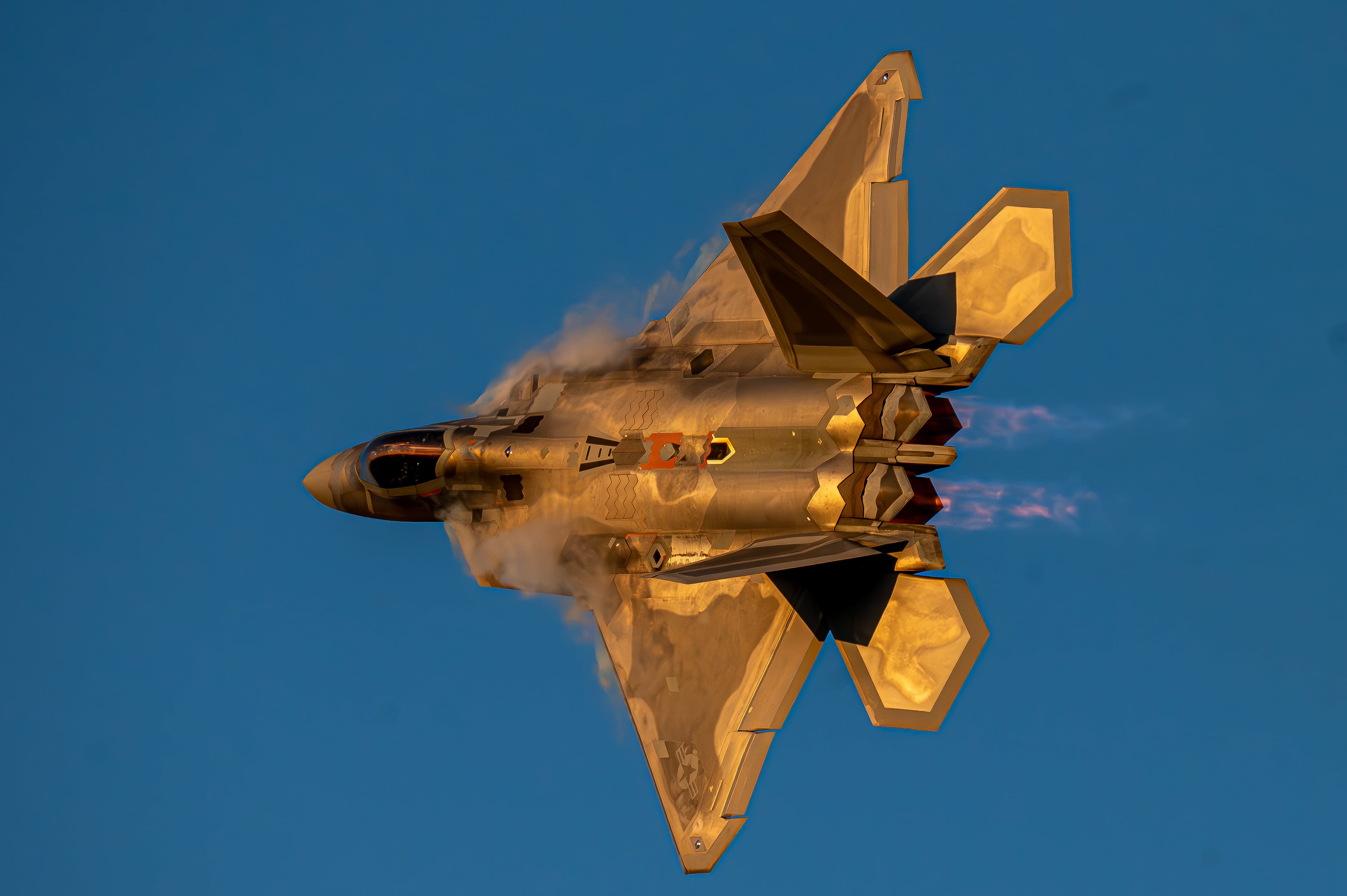This summer kicked off with a rumored rash of Orca attacks on vessels in the Strait of Gibraltar. Tales of the killer whales bumping, damaging, and sinking boats amassed — and panic ensued.
But what would the U.S. Navy do if it encountered a massive marine mammal? Alas, a war of the whales is not an option.
“The U.S. Navy is committed to the protection of marine mammals and the marine environment,” according to the Navy Office of Information’s Lt. Andrew Bertucci. “The Navy implements mitigation procedures, developed in conjunction with the National Marine Fisheries Service, during training and testing activities to identify the presence of marine mammals near vessels and respond appropriately to avoid effects.”
The seafaring service’s goal is to respect the domain in which it operates as well as the life that calls it home.
“If a marine mammal is sighted, activities that may affect marine mammals are ceased or modified until the animal is an appropriate distance away,” Bertucci added. “Additionally, the Navy has developed programs like the Marine Species Awareness Training and the Protective Measures Assessment Protocol to ensure sailors have access to training and tools necessary to continue to protect the environment.”
And unlike cases with other vessels, if the U.S. Navy encounters a large whale, it’s typically the mammal that is in danger, not the ship.
For example, it was found in the early 2000s that sonar was linked to whale deaths. Moreover, the U.S. Navy was forced to review its policies as recently as 2021 when a partnership exercise with the Australian Navy left two fin whales dead on the hull of a Royal Australian Navy ship in Southern California.
And while there has indeed been an uptick in Orca interference near Spanish and Portuguese waters, they are exceedingly rare and unlikely to involve military vessels or any boat with a motor.
One expert told the Washington Post that the attacks are likely not a coordinated effort or even aggression at all. Instead, the boat interactions are by young Orcas simply horsing around.
“The game is very simple,” president and coordinator at CIRCE Conservación Information and Research, Renaud de Stephanis, told the Post. “If there is a rudder, they push it and break it.”
Sarah Sicard is a Senior Editor with Military Times. She previously served as the Digitial Editor of Military Times and the Army Times Editor. Other work can be found at National Defense Magazine, Task & Purpose, and Defense News.
In Other News














